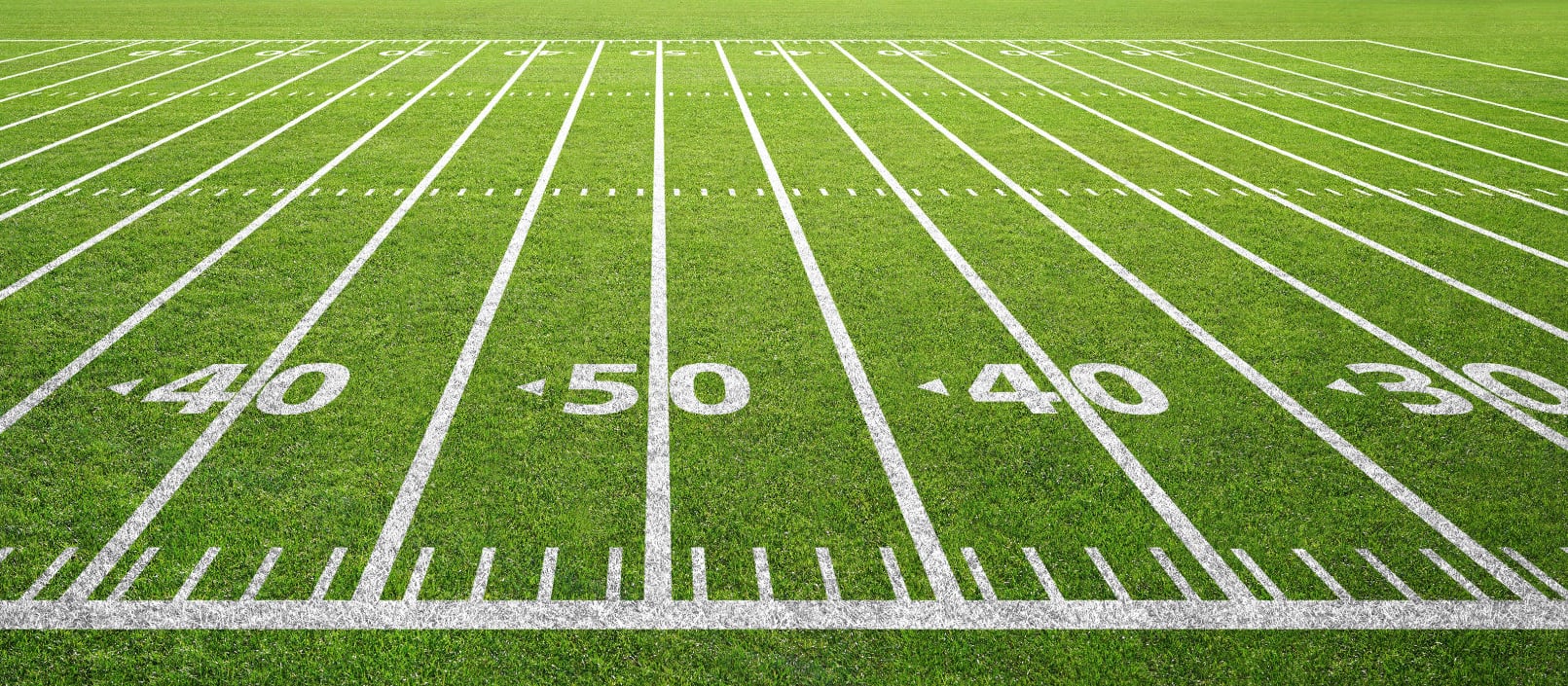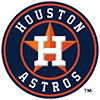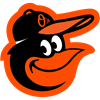If you're reading this article, you probably spend countless hours researching players, poring over statistics, crunching numbers and doing everything in your power to have the best possible player valuations before your fantasy football auction. Yet, somehow, fantasy owners who care so much about winning their leagues often spend little or no time strategizing for their auctions. This is nuts. How can one spend so much time on player valuations and so little time thinking about the method/format in which these players are acquired?
In my view, auction strategies aren't just important - they're nearly as important as the player valuations! If you don't agree, let me try to convince you.
Here's my take on how to prepare for your fantasy football auction.
1. Do a Mock. Or Five. You wouldn't buy a new car without taking it for a test drive, right? So don't let your auction day be the first time you've ever auctioned in 2013. And if you've never auctioned at all, then, well, get practicing.
2. Start with computerized dollar values. Everyone knows Arian Foster is more valuable than Darren McFadden. How much more valuable, though, depends entirely on your league settings. So, you tell me - how much more valuable is Foster than McFadden in a 10-team league that starts 2 RBs and a flex and has 4 bench spots compared to a 14-team league with 2 RBs, 2 flex, and 6 bench spots? No response? That's okay. I don't have an answer,
If you're reading this article, you probably spend countless hours researching players, poring over statistics, crunching numbers and doing everything in your power to have the best possible player valuations before your fantasy football auction. Yet, somehow, fantasy owners who care so much about winning their leagues often spend little or no time strategizing for their auctions. This is nuts. How can one spend so much time on player valuations and so little time thinking about the method/format in which these players are acquired?
In my view, auction strategies aren't just important - they're nearly as important as the player valuations! If you don't agree, let me try to convince you.
Here's my take on how to prepare for your fantasy football auction.
1. Do a Mock. Or Five. You wouldn't buy a new car without taking it for a test drive, right? So don't let your auction day be the first time you've ever auctioned in 2013. And if you've never auctioned at all, then, well, get practicing.
2. Start with computerized dollar values. Everyone knows Arian Foster is more valuable than Darren McFadden. How much more valuable, though, depends entirely on your league settings. So, you tell me - how much more valuable is Foster than McFadden in a 10-team league that starts 2 RBs and a flex and has 4 bench spots compared to a 14-team league with 2 RBs, 2 flex, and 6 bench spots? No response? That's okay. I don't have an answer, either - certainly not off the top of my head. That's why my preparation for every auction begins with inputting my league specs into Rotowire's Custom Values chart (or something similar, but, hey, I'm a company guy) and printing out hard copies. That way, you have a dollar valuation next to every single NFL player.
I'm not saying you have to adhere to the valuations religiously. If Rotowire's software tells you Foster is worth $45 in your league, but you're convinced he's going to have a down year, then downgrade him to $40. Or if Rotowire says McFadden is worth $20 but you're certain this is the year he'll stay healthy, upgrade him to $24. The point here is to start your auction with a list of all players and a dollar value next to them (based on your league's specs).
Please, though, whatever you do, don't be lazy and merely rely on the values on your league's draft page. Chances are, many of your league-mates are relying on those same values, and those values often aren't tailored to your league's specifications.
I like printing out my own lists, something separate from the league draft page, then writing a dollar amount next to each player's name. (You don't have to start from scratch - print the names by position from Rotowire's Cheat Sheets, then get the dollar values from the Custom Values chart.) When the bullets are flying during the auction, and you have to make split-second decisions, that's the info you need to ascertain if you're making a good buy.
Separating those lists into tiers is also a good idea. You want to know when the last couple of players in a tier are getting nominated.
3. Channel Your Inner Nerd. Find the depth, by position. Most fantasy owners spend a lot of time deciding which superstars to buy on draft day. For me, it's more important to decide which position you're willing to scrimp on - and who you're targeting in the endgame. And I don't mean specific players - I mean positions.
The premise of this strategy is that it's not possible to have stars at every position. Even if you don't go "stars and scrubs," you're going to be thin somewhere. Before your auction, figure out which position(s) you're most willing to scrimp on.
It's easy to apply this concept loosely. For example, if you're in a 10-team league with shallow benches that starts one quarterback, everyone knows starting the 10th-best fantasy QB each week isn't such a bad thing - the QB pool is just that deep.
For me, the decisions about depth aren't that simple. To figure out which positions are deep and which aren't, you need to figure out how many players will be drafted from each position. You won't know exactly - some newbie might draft four quarterbacks, and the flex spots create a variable here - but you need to approximate. To show why this can make a world of difference, let me give two examples:
First, suppose your 10-team league starts 1 QB, 2 RBs, 3 WRs, 1 flex (RB/WR/TE), 1 TE, 1 K and 1 D with four bench spots. In that format, you know someone in the league is going to be starting the 10th best QB, 25th best RB, and 35th best WR each week. (With 10 teams each starting one QB, 10 * 1 = 10 total QBs; 10 teams each starting two RBs each week, 10 * 2 = 20, plus five more because roughly half the teams will fill their flex with a RB; 10 teams each starting three WRs, 10 * 3 = 30, plus five more for the flex spots of the teams who don't start a RB there).
So that's 10 QBs, 25 RBs, and 35 WRs, not including bench spots. Now go to your pre-printed list with dollar values. The QBs listed 9, 10, and 11 are pretty good - Russell Wilson, Tony Romo and Matthew Stafford (on Rotowire's current Cheat Sheet). The RBs listed 24, 25, and 26, conversely, have some question marks - Ahmad Bradshaw, Le'Veon Bell and Rashard Mendenhall. The WRs listed 34, 35, and 36 are Reggie Wayne, Tavon Austin and Lance Moore - not great, but better than Mendenhall, that's for sure. Based on this format, receiver is a pretty deep position, quarterback is really deep, and running back is pretty thin. So I'd go into this auction planning on getting the 9th or 10th best QB, saving my money there and spending on running back. When Aaron Rodgers goes for $45 early on, no worries - you know you're going to be just fine getting Wilson or Romo for a few bucks late in the auction.
If teams start drafting a second quarterback, you'll need to re-adjust mid-auction. Flexibility is key in auctions. But with only four bench spots, the chances of that are fairly rare, so this strategy feels good in this format.
Now suppose your league has 14 teams and starts 1 QB, 2 RB, 3 WR, 1 Flex (QB/RB/WR/TE), 1 TE, 1 K and 1 D with seven bench spots. Rotowire's Custom Values chart tells you quarterbacks are much more valuable in this league, which makes sense. Not only are there 14 teams instead of 10, but if you can start a second quarterback as a flex, you really need to take advantage because QBs score so much more than other positions.
In this format, I'd estimate 25 QBs will be drafted as starters (one for each of the 14 teams, plus 11 more for the owners who are able to get a second serviceable QB in their flex spot), 30 RBs (14 * 2 = 28, plus a couple of running backs at flex), and 43 WRs (14 * 3 = 42, plus one at flex). In this format, the depth at receiver really becomes apparent. I look at Rotowire's current Cheat Sheet, and there are receivers in the late 30s and 40s I can live with. Miles Austin. T.Y. Hilton. Greg Jennings. James Jones. That's certainly preferable to getting stuck with a starting quarterback like Jake Locker, EJ Manuel or Matt Flynn. In this format, I'll gladly fill my roster with receivers in the end game, as I'm not going to allow myself to get stuck having to bid on Flynn or Locker because I need a QB.























